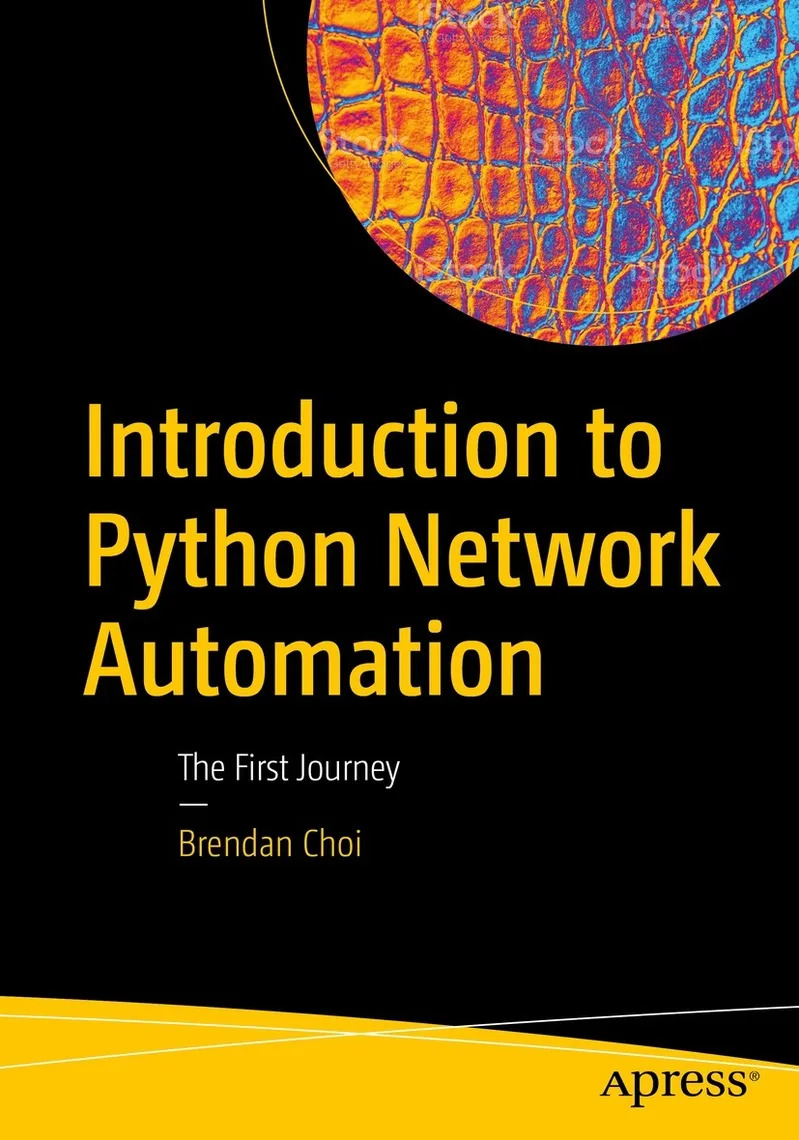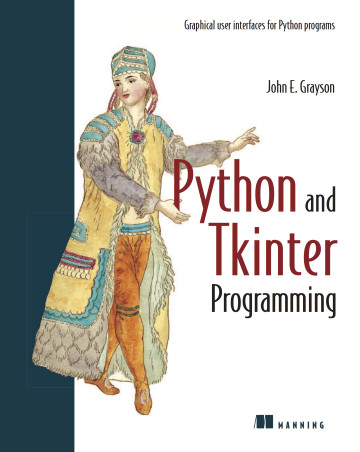Description
“Foundations of Python Network Programming” is a comprehensive guide to understanding and implementing network applications using Python, one of the most influential and versatile programming languages. Whether you are a software developer, network engineer, or system administrator, this ebook will equip you with the skills to build scalable, efficient, and secure network applications. From basic networking concepts to advanced Python libraries and frameworks, this ebook covers everything you need to know to become proficient in network programming with Python.
Key Topics Covered:
- Introduction to Network Programming with Python: Start with the fundamentals of network programming and Python’s role in building network applications. Understand the basics of computer networks, protocols, and socket programming, and how Python makes it easier to develop and manage network applications.
- Python Networking Essentials: Learn the core Python libraries used for network programming, such as
socket,select,asyncio, andmultiprocessing. Understand how to create and manage sockets, handle network errors, and perform asynchronous operations. - TCP/IP and UDP Programming: Dive deep into Transmission Control Protocol (TCP) and User Datagram Protocol (UDP) programming. Learn how to create reliable, connection-oriented TCP and fast, connectionless UDP applications. Discover how to implement client-server architectures using Python.
- Working with Low-Level Sockets: Learn low-level socket programming. Create sockets, bind to addresses, listen for connections, accept clients, send and receive data, and manage multiple connections efficiently using Python.
- Asynchronous Network Programming with Asyncio: Explore Python’s
asynciolibrary to write asynchronous code that can handle thousands of simultaneous network connections. Learn about coroutines, tasks, event loops, and how to build scalable, non-blocking network applications. - HTTP and Web Programming: Discover how to use Python for HTTP and web-based networking. Learn how to work with libraries like
http.client,requests, andurllibfor creating HTTP clients, scraping web pages, and interacting with REST APIs. - Building Web Servers with Python: Understand the inner workings of web servers and how to create them using Python. Learn how to build simple HTTP servers with Python’s built-in
http.servermodule and more advanced servers using Flask, Django, and FastAPI frameworks. - Secure Network Programming: Learn the fundamentals of network security and how to implement secure communication protocols using Python. Understand the principles of SSL/TLS, encryption, hashing, and digital certificates. Explore Python libraries like
sslandcryptographyfor securing network communications. - Email Protocols and Programming: Explore the Simple Mail Transfer Protocol (SMTP), Post Office Protocol (POP3), and Internet Message Access Protocol (IMAP). Learn how to send and receive emails using Python’s
smtplib,poplib, andimapliblibraries. - Data Serialization and Network Protocols: Understand how to serialize and deserialize data using popular formats like JSON, XML, and Protocol Buffers. Learn how to use Python libraries such as
json,xml.etree.ElementTree, andprotobufto transmit structured data over the network. - Working with WebSockets and Real-Time Communication: Discover how to build real-time network applications using WebSockets. Learn how to use Python libraries like
websocketsandSocket.IOto create real-time chat applications, multiplayer games, and live data feeds. - Network Automation and Scripting: Learn Python for network automation and management. Discover libraries like
paramiko,netmiko, andnapalmfor automating SSH connections, managing network devices, and deploying configuration changes. - Interacting with RESTful APIs and Microservices: Understand how to interact with RESTful APIs and build microservices in Python. Learn how to use frameworks like Flask and FastAPI to develop, test, and deploy scalable web services.
- Testing and Debugging Network Applications: Gain insights into testing and debugging network applications. Learn how to use tools like
Wireshark,tcpdump, and Python libraries likeunittestandpytestto analyze network traffic, diagnose issues, and ensure reliable performance. - Advanced Topics in Python Network Programming: Explore advanced topics such as IPv6 programming, raw socket programming, multi-threaded and multi-process network applications, and high-performance network programming with Python.
- Real-World Projects and Case Studies: Work through real-world projects and case studies that demonstrate the practical application of Python in network programming. Learn how to build network monitoring tools, custom protocols, chat servers, and distributed systems.







Alaba –
“This book is an invaluable resource for anyone looking to delve into Python network programming. The clear and concise explanations, along with the well-structured examples, made it easy to grasp even the most complex concepts. The authors’ in-depth knowledge shines through, providing a comprehensive guide to the foundational principles. The book’s practical approach and emphasis on real-world scenarios equipped me with the skills necessary to build robust and efficient network applications. Highly recommended for seasoned professionals and aspiring programmers alike.”
Onyeka –
“Foundations of Python Network Programming” has been an exceptional resource for my deep dive into network programming with Python. The book provides a comprehensive and well-structured guide that expertly walks through the fundamentals of networking, socket programming, and protocol design. With clear explanations, practical examples, and in-depth coverage of advanced concepts, this book has been instrumental in enhancing my understanding of network programming. It has equipped me with the knowledge and skills to create robust and efficient network-based applications, making it an invaluable asset for any aspiring network developer.”
Nkiruka –
“‘Foundations of Python Network Programming’ is an indispensable resource for anyone looking to delve into the realm of Python-based network programming. The book’s comprehensive coverage of essential concepts, practical examples, and in-depth explanations provides a solid foundation for developing robust and efficient network applications. The author’s clear and engaging writing style makes learning complex topics a breeze. Highly recommended for aspiring network programmers and developers.”